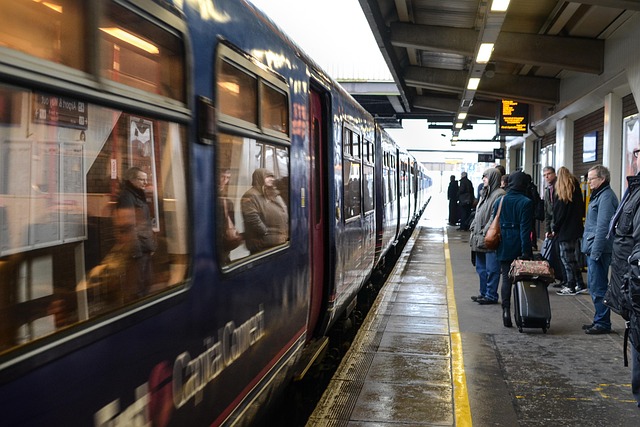Safety checks and documentation for cross-border movement
Cross-border movement requires careful preparation of documents, understanding of safety checks, and awareness of transport-specific rules. Whether you plan a multi-leg itinerary or a single border crossing, confirm identity, visas, and health requirements well before departure. Familiarize yourself with baggage rules, routing options, and local mobility services to reduce delays and unexpected costs while keeping personal safety and sustainability in mind.

How should you prepare your itinerary and documentation?
Start by compiling a clear itinerary listing travel dates, connections, and contact details for accommodation and transport providers. Check passport validity and visa requirements for each country on your route, and make certified digital and paper copies of key documents. Keep emergency contact and insurance details readily accessible and register travel plans with your country’s consular service if available. Navigation apps can store offline versions of maps and timed reminders for check-in or document presentation to help avoid last-minute issues.
What checks apply to flights and airline requirements?
Airlines enforce identity, health, and safety checks at different stages. Verify airline-specific rules for check-in, boarding passes, baggage allowances, and carry-on restrictions before arriving at the airport. Some carriers require online check-in windows or advance passenger information; others may have distinct documentation checks for transit passengers. Confirm whether additional screening or health declarations are needed for your destinations and connections — these can vary by carrier and by country, and failing to comply can result in denied boarding.
What are considerations for rail travel across borders?
Cross-border rail travel often involves fewer formalities than air but still requires valid identification and any necessary visas. Trains may stop at border controls for spot checks; keep documents accessible to speed inspections. If booking sleeper or couchette services, confirm luggage allowances and safety features such as secure storage. Research routing options in advance — some cross-border rail corridors have alternative services or timetable differences that affect transfers and total travel time.
How to handle airport procedures and baggage security?
At airports, allow extra time for safety checks, immigration, and baggage screening. Follow official guidance on liquids, electronics screening, and restricted items to prevent delays or confiscations. For checked baggage, affix clear tags with contact information and consider locking bags with TSA-compliant locks where applicable. Keep valuables and essential documents in carry-on luggage and note local rules for prohibited items to avoid fines or additional inspections during routing and security screening.
What to know about commuting, rideshare, and local mobility services?
When you arrive, plan final-mile mobility using reputable local services. Confirm driver identity and vehicle details for rideshare or taxi bookings and share trip details with a trusted contact. If you’ll be commuting by local public transport, check ticketing systems, validity of passes for international visitors, and any luggage or safety restrictions. For short-term rentals — bikes, scooters, or cars — review insurance coverage and local traffic regulations to reduce liability and ensure compliant commuting.
How do logistics, routing, and sustainability affect cross-border movement?
Efficient routing reduces exposure to checkpoints and potential delays; plan routes that minimize unnecessary transfers and consider off-peak travel times. For logistics such as shipping personal items or excess baggage, use verified carriers and track consignments closely to comply with customs procedures. Sustainability considerations — like choosing rail over air for short segments or consolidating trips — can lower emissions and simplify routing, but always weigh environmental preferences against safety checks and documentation requirements.
Conclusion Thorough preparation for cross-border movement involves confirming documentation, understanding safety checks across different transport modes, and planning routing and local mobility with attention to baggage and logistics. Clear itineraries, verified transport providers, and proactive use of navigation and travel tools reduce risks and help keep journeys compliant with evolving rules and procedures.





